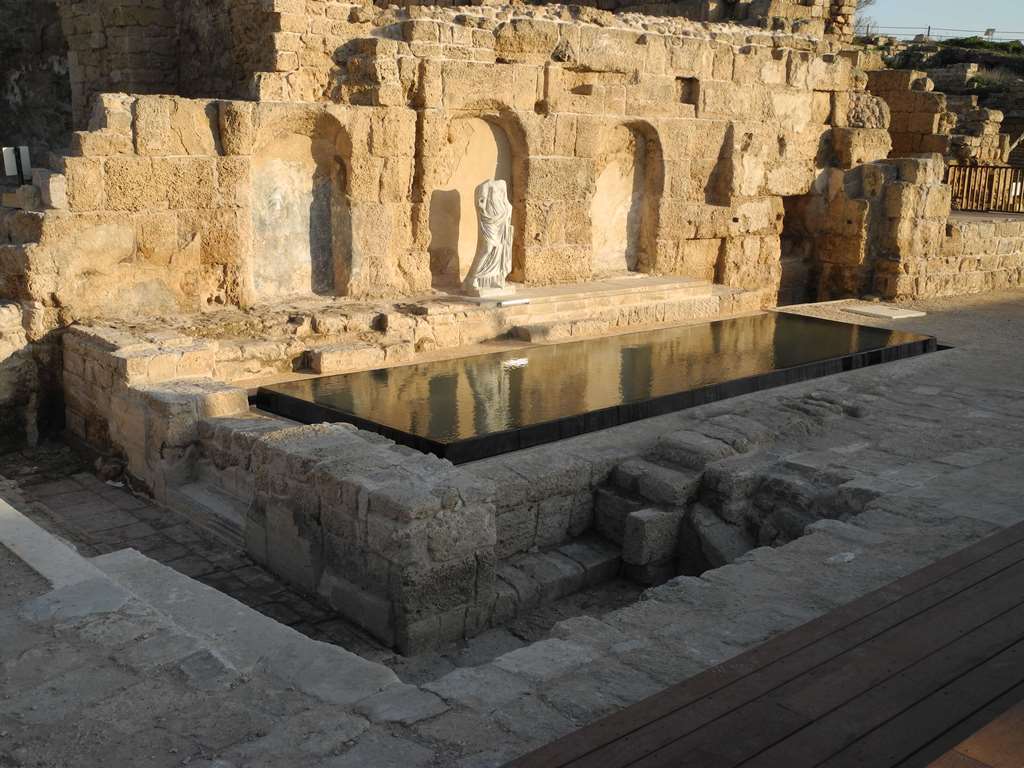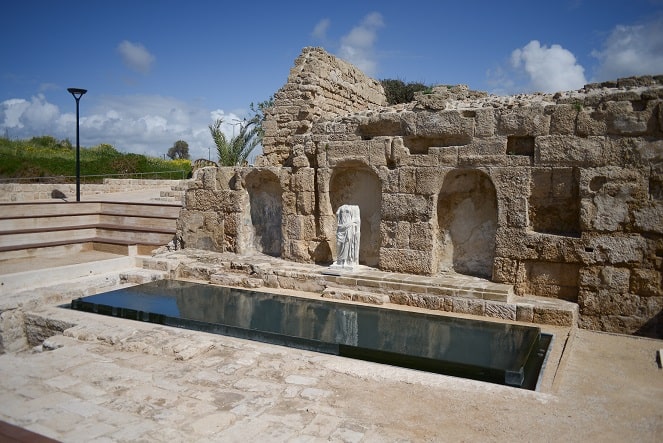For more than seventy years, ancient Caesarea has been excavated, exposed and renewed. Hundreds of researchers search on land and at sea to continue to discover and uncover remnants and fragments of information, and to connect them to the complex story of this beautiful city that never ceases to amaze. After 2000 years since its founding, the story of Caesarea is still alive, emerging and renewing. The remains of the city, the glorious vault system and the magnificent temple platform built by Herod, the ancient synagogue where the Great Revolt erupted, the Crusader fortifications, treasures from wrecked merchant ships; all were left desolate for centuries. Thanks to the “Caesarea Project 2019-2015”, during which excavations, preservation, restoration, development and accessibility work was carried out at an unprecedented scale, it is now possible to re-experience the amazing story of Caesarea’s treasures, each one in its own way.
Casarea Project – The digital book
The Vaults of the Temple of Augustus and the Temple Platform
Towards the end of the first century BC, Herod decided to build a maritime gate to his kingdom, and after ten years of a huge engineering enterprise, the Port of Caesarea was inaugurated. Those who came to the port, which was the center of both commercial and ritual activity, were greeted by an enormous huge platform supported by an array of vaults, and above it a magnificent temple in honor of Augustus Caesar and the goddess Roma.
The array of vaults had two wings, north and south, with four vaults in each wing (each measuring about 21 meters long, 5 meters wide). In between these vaults were six smaller vaults which supported the monumental staircase that led from the pier to the Herodian Temple.
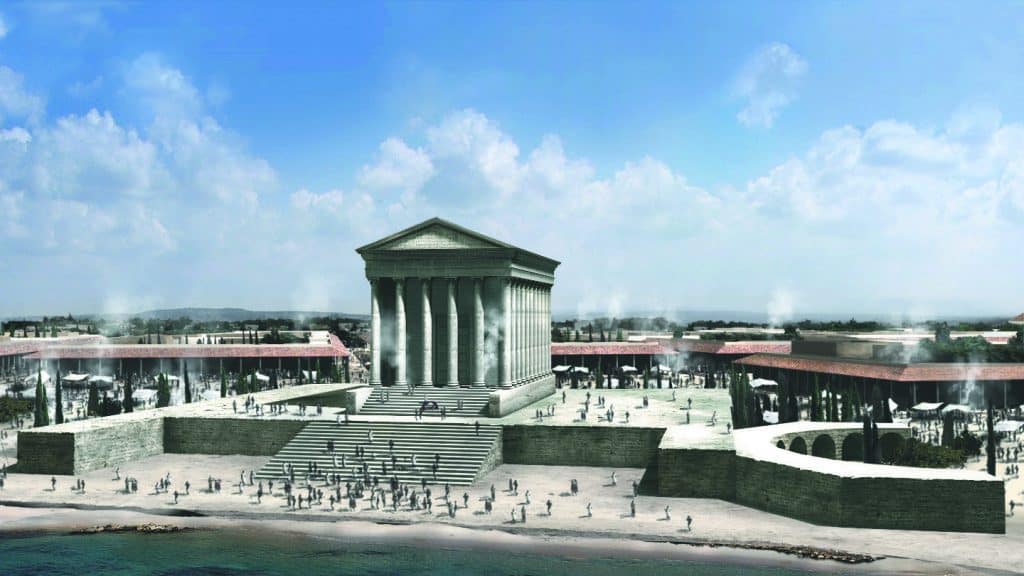
For years the vaults were in danger of collapsing. During the archaeological digs of the 60’s and 90’s, there was already concern among preservationists due to the significantly eroded condition of the vaults and their remnants. Their condition testified to the long process of deterioration which had been taking place since ancient times.
Two thousand years after Caesarea was established, the Caesarea Development Company, in collaboration with the Israel Antiquities Authority and the Parks Authority, decided to rehabilitate the vaults and exhibit them to the public. The innovative and unique visitor center preserves the original layout of the structure to the greatest extent possible.
Read more about the Vault Renovation Project >>
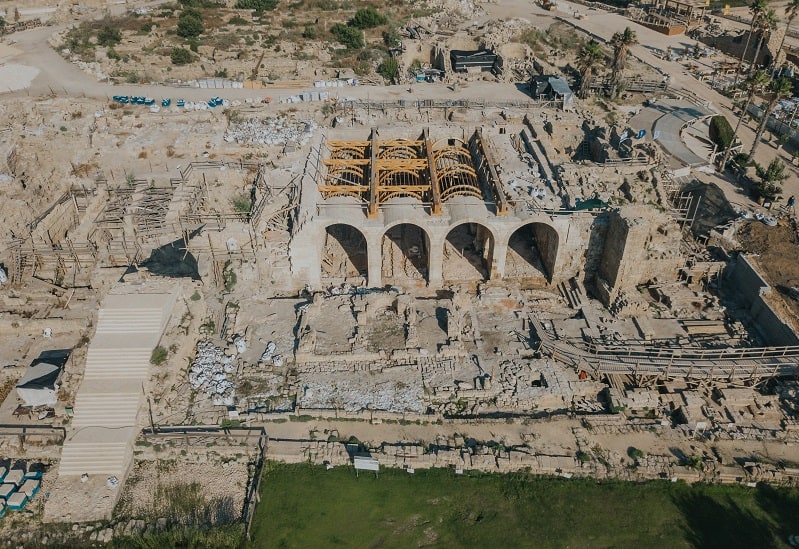
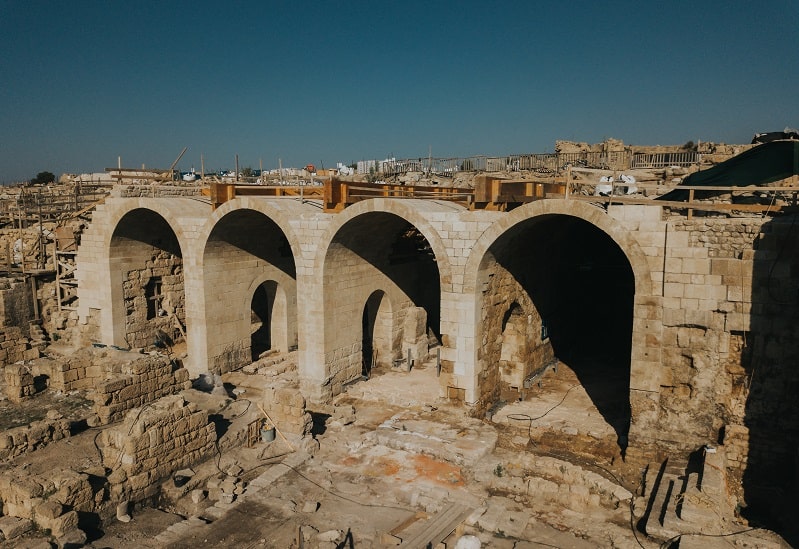
The New Visitors’ Center
The rehabilitation and restoration of the four vaults in the southern wing required a combination of excavation and dismantling and re-assembly, structural stabilization, preservation work and development. This complex and challenging project combined the dedicated efforts of archaeologists, engineers and conservation architects. Weight-bearing walls were completed, arch-shaped passageways were opened and restored, large ancient stones were strengthened, and the entire western façade was supplemented with multi-layered wooden arches. Finally, after five years of hard work, the innovative Visitors’ Center was open to the public. The center displays a variety of archeological exhibits and treasures unearthed during land and sea excavations, as well as an epic film depicting King Herod as no one has dared to show.
A visit to the center brings the remnants to life, enriches the experience, and allows visitors to witness the unfolding of the fascinating story of Caesarea and the lifestyles of its past.
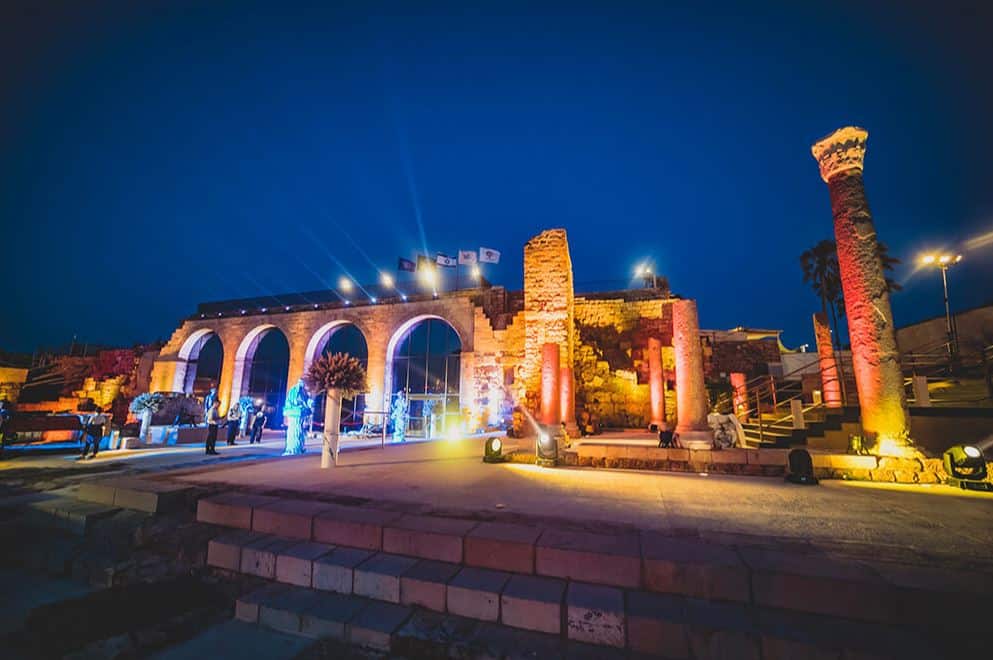
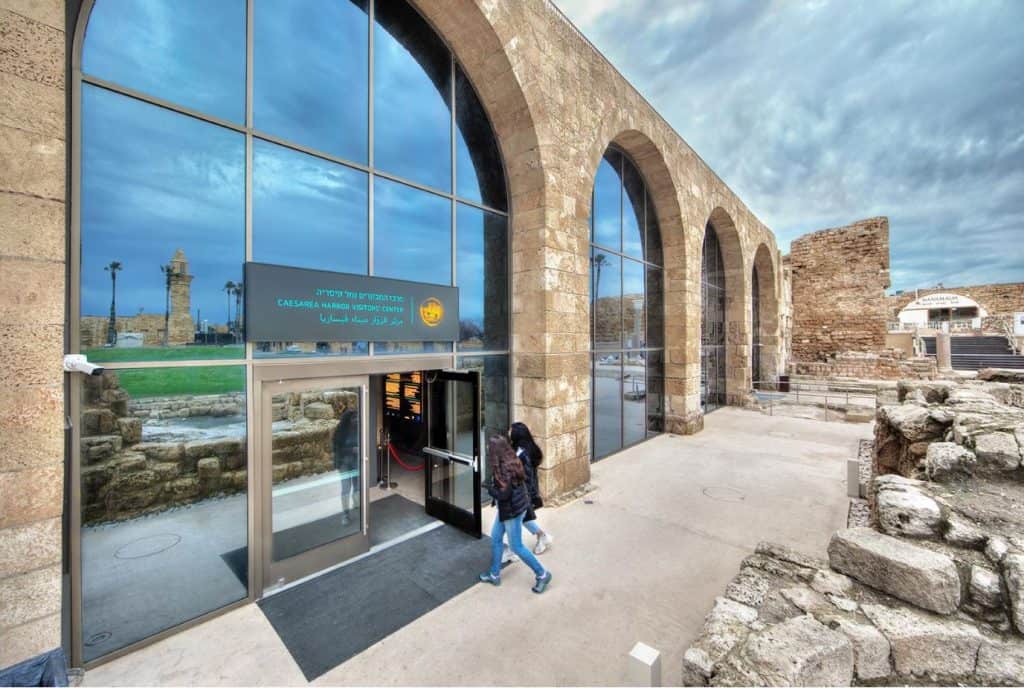
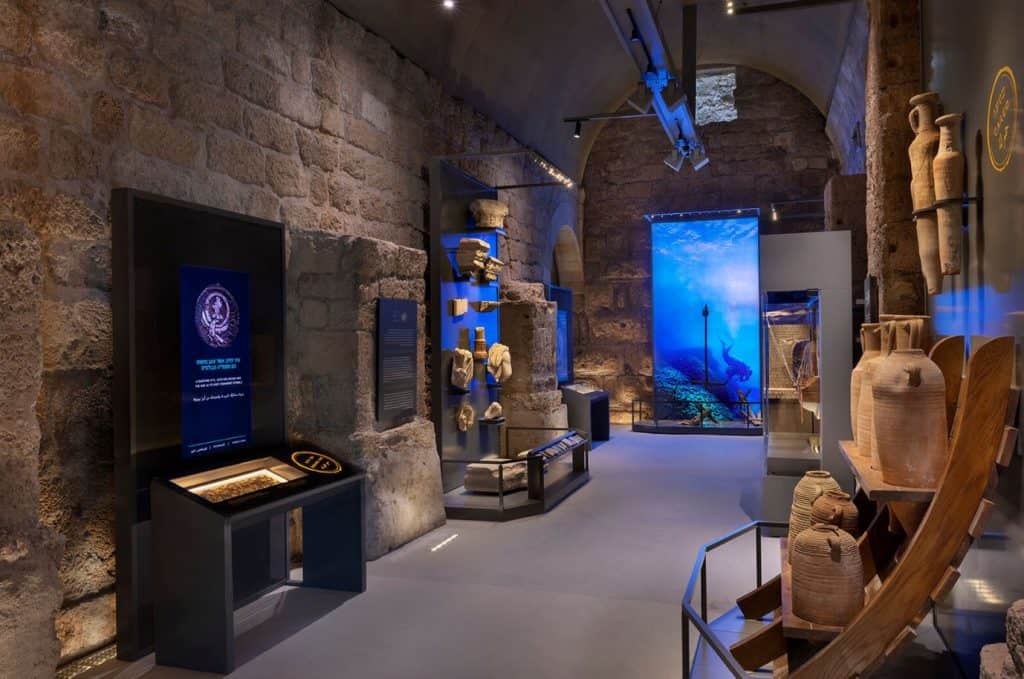
The Crusader Walls Promenade and Fortifications
The Crusader Walls Promenade project and the fortification system are a tourist attraction and highlight of the national park. As part of the project, and under the Director of Preservation at the Israel Antiquities Authority, the Caesarea Development Company investigated architecture, history and archeology as a basis for planning the visitor experience.
The Crusader wall was and still is one of the most impressive and complete remains from the 11th-13th centuries. The ingenious craft of its construction is credited to King Louis IX of France in 1265. Along the wall, which encircled an area of about 120 dunam, are 16 guard towers, firing windows and a deep moat.
Thanks to the project, visitors can walk along the fortifications, climb the towers, enjoy day and night tours, and experience medieval architecture and the characteristics of Crusader construction from up close- including the walls, the moat, and the sloped walkway. A Crusader bridge that led to the north gate was restored to allow pedestrians to cross the promenade and continue north to the aqueduct shore.
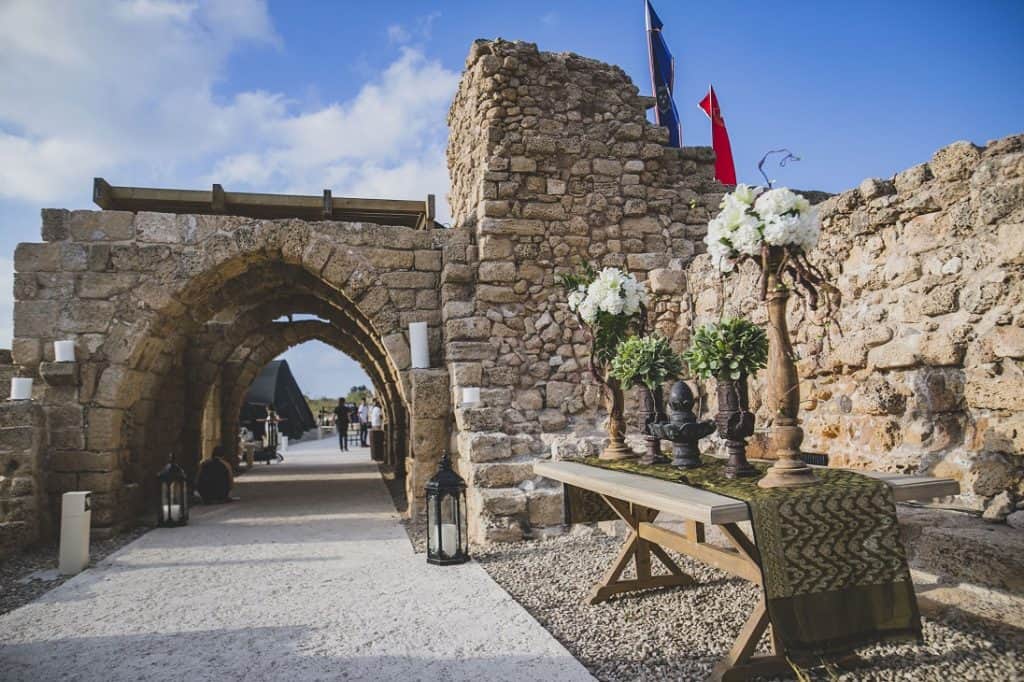
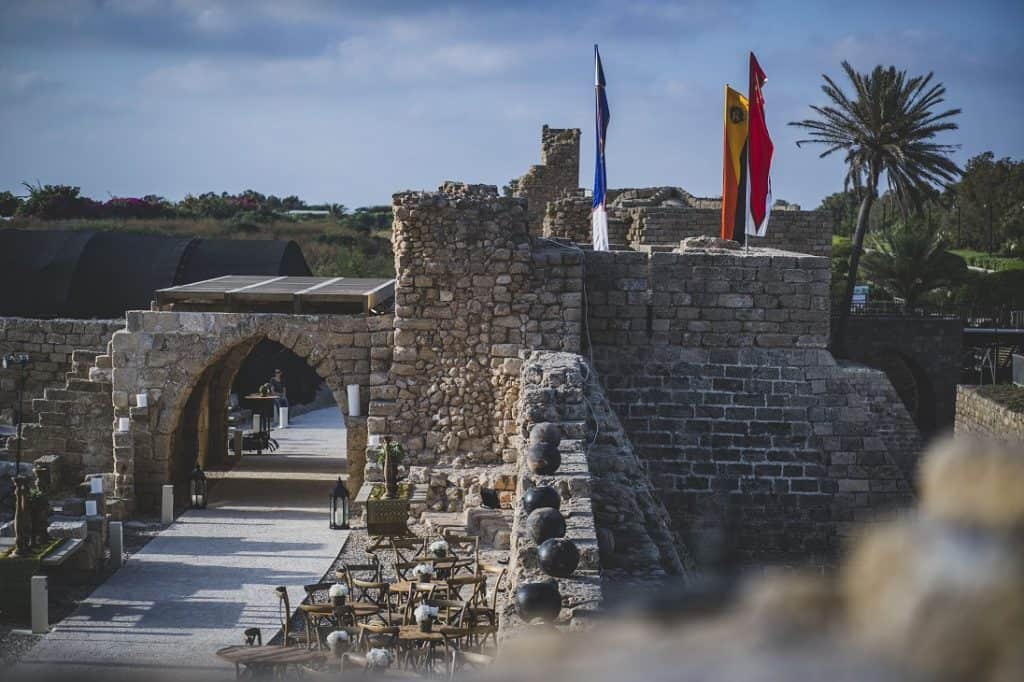
Along the route, visitors can touch the restored layers of the wall, peek through the firing windows and even descend to the 8-10 meter deep moat through the hidden exit tunnel (the puterna) which was used by the Crusader knights to supply food and ammunition, without risking a breach of the walls.
During the project, conservation work was carried out to remove safety risks within the fortifications. Missing stones were completed, and cracks and cavities were filled. During the second phase, the stairs to some of the watch towers were restored and shading was installed for visitors’ comfort. Today, visitors can enjoy various observation points of the Roman “amusement district” in all its glory, including: the Theater, the Hippodrome, the Bathhouse and the Reef Palace.
In the Crusader Market area, remains of shops on the ground floor were exposed, as well as residences on the second floor. Some rooms were tiled with colored mosaics and others with marble slabs.
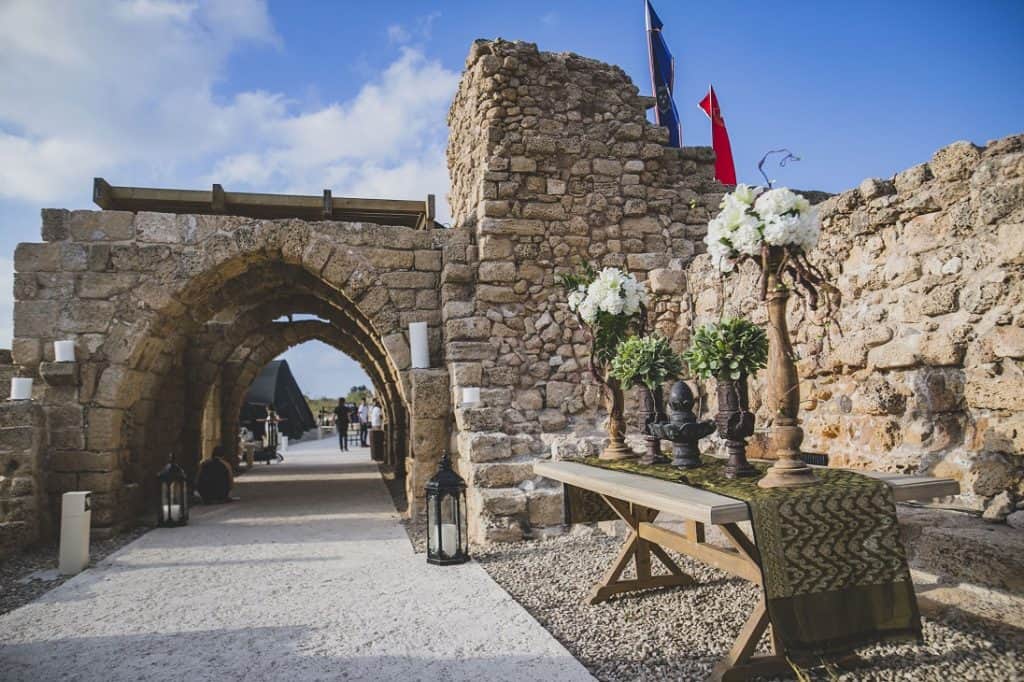
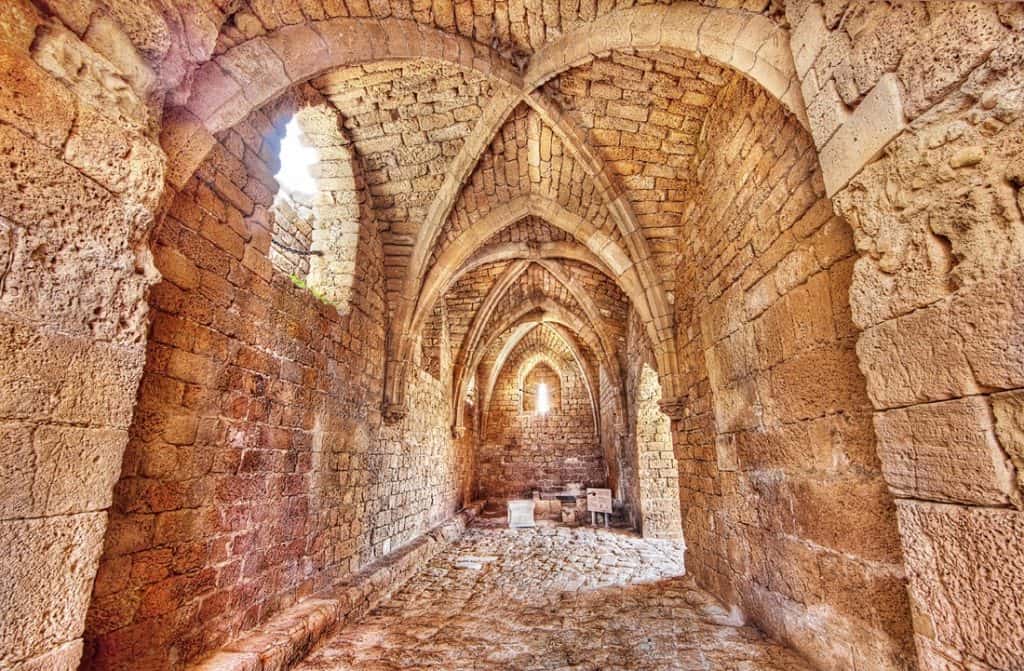
Remains of the Ancient Synagogue of Caesarea
The ancient synagogue dates to the fourth and fifth centuries CE and served as a place of worship for the extensive community of Caesarea Jews. Some claim that the structure was erected on the foundations of “Knisata Demarduta” (“The Synagogue of the Rebellion) where, according to biblical sages, the Great Revolt of the Jews against the Romans was ignited.
The story of the building is a complementary piece in the cultural mosaic of the Jews who lived in the pagan city alongside Roman culture. They observed their religion in synagogues within the city, moving between openness and segregation as they coped with changes that came from overseas. The synagogue was first discovered in the 1940s. Archaeological excavations revealed finds with inscriptions of menorah symbols, marble fragments of a list of 24 shifts that priestly families (Cohanim) served in rotation for the Temple, and mosaics and inscriptions of dedications to donors.
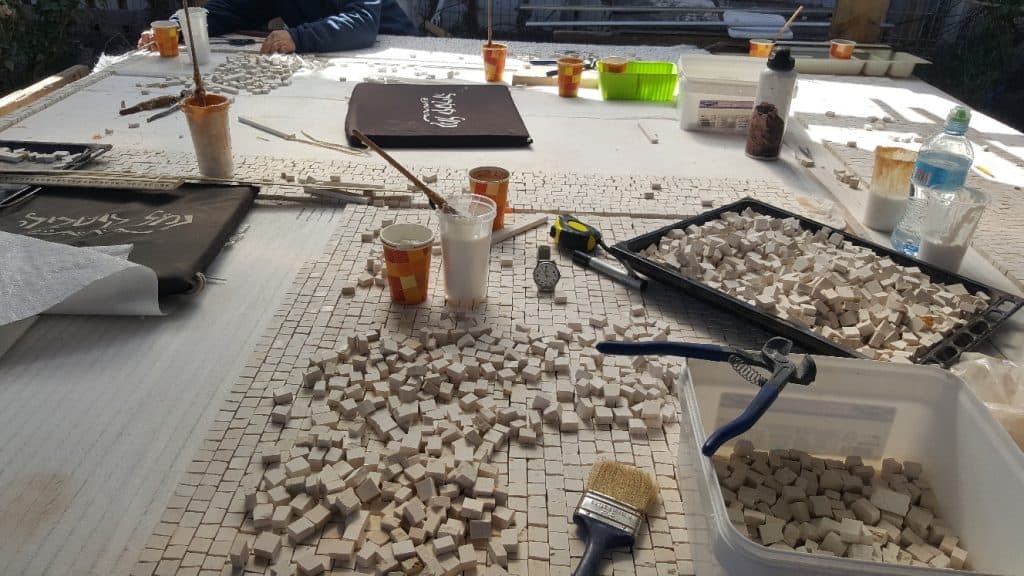
During the first phase of the project, all remains were documented and analyzed in order to fully understand the structure, define the platforms, and grade the slope to the beach. These were used as the basis for conservation work, for stabilizing the slope and for installing required drains. In the second phase, work was carried out to preserve and restore the synagogue’s mosaic. Observation and access points for the public were developed as well as exhibits presenting content related to the Jewish heritage of ancient Caesarea.
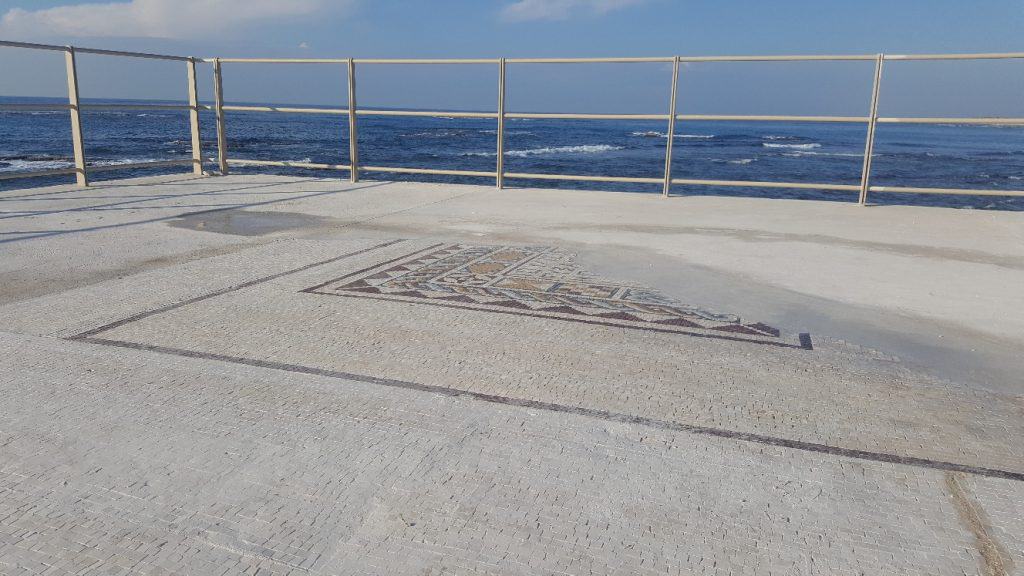
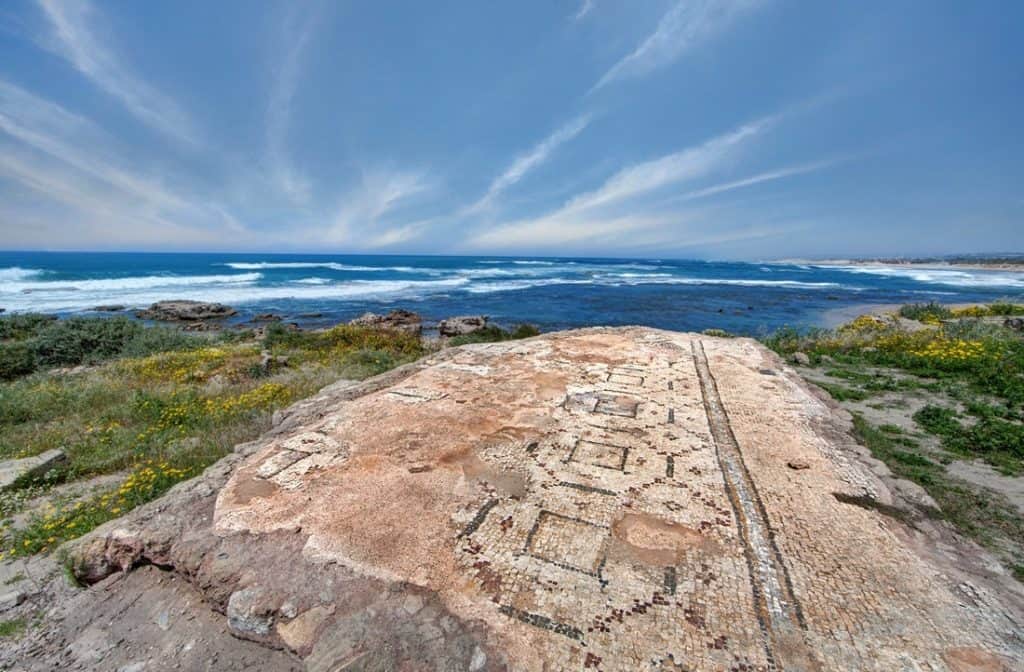
The Nymphaeum (Public fountain)
The Nymphaeum is an architectural monument that was common in Roman cities. It was built with a magnificent façade that combined fountains, water canals and a pool. Niches and statues were used for decoration and the flowing water added sound and movement. The nymphaeum in Caesarea was placed at the intersection of the main decumanus (an east–west-oriented road) and the Herodian port. It was a major point of interest in the city that was highlighted through the monument.
The nymphaeum was first identified in the 1960s, as part of larger excavation work. A figurine of Asclepius, the Roman god of medicine and his daughter Hygieia, the goddess of health, was discovered at the site.
In 2013, a decision was made to preserve and restore the nymphaeum. The Israel Antiquities Authority carried out excavation work of the later strata, which re-exposed the fountain as well as a section of the Roman street and the Byzantine street. Today a spectacular replica of the goddess Hygieia is displayed in the central niche.

